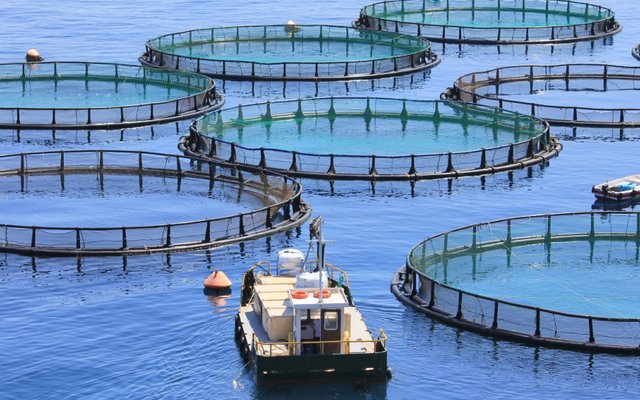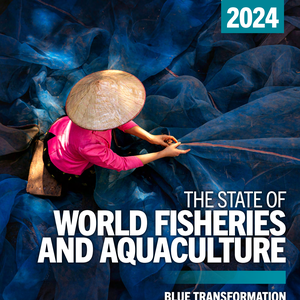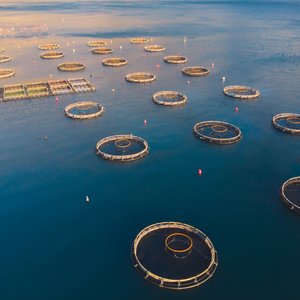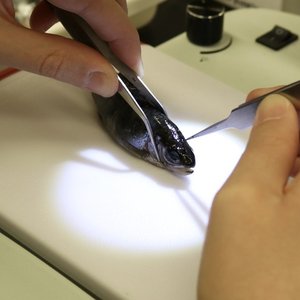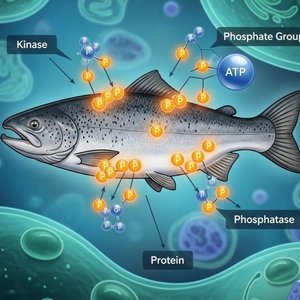In 2022, an estimated 1.08 million tonnes of aquatic organisms were farmed in the EU (1.12 million tonnes in 2021), valued at EUR 4.9 billion, according to Eurostat. Aquaculture involves the controlled cultivation of fish, mollusks, algae and crustaceans.
In 2022, four EU countries collectively accounted for about two-thirds (67%) of the total production of farmed aquatic organisms: Spain (25%), France (17%), Greece (13%) and Italy (12%). As in previous years, Norway’s production surpassed that of the entire EU, with 1.66 million tonnes produced, most of which was salmon.
Between 2010 and 2022, the volume of EU aquaculture production remained relatively stable. However, the value of that production increased through higher prices, particularly between 2020 and 2022. Between 2010 and 2022, the value of aquaculture production rose by about 75%.
Over this medium-term period, there was a sharp increase in both the volume and value of Norwegian aquaculture production. The volume of aquaculture production in Norway in 2022 was 63% higher than in 2010, although there was no increase between 2021 and 2022 (-0.2%). The value of output in 2022 was approaching triple that recorded in 2010, with the accelerated rises in 2021 and 2022 building on steadier increases in many other years over this period.
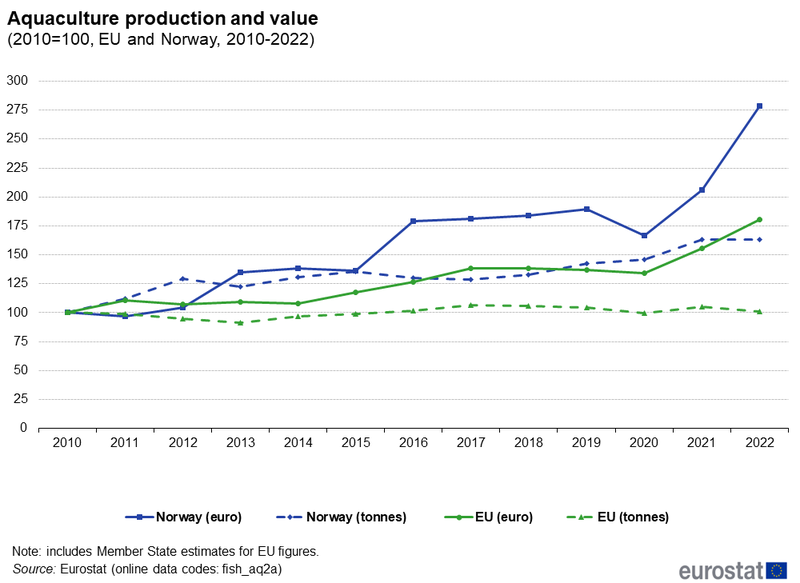
Different aquatic organisms command different prices. The production value of trout (15.1%) and seabass (14.0%) had the highest shares of value for the EU aquatic farming sector.
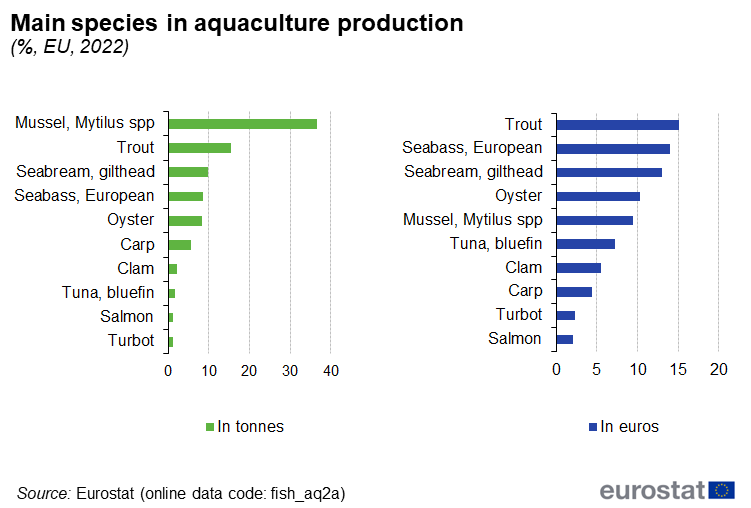
Fluctuations in production are present due to a variety of reasons, including the fact that some of the species are being bred and grown solely for stocking purposes, some fish species are not harvested yearly, some enterprises are trying new species, and the production of some species is being experimental.
Increased energy prices, due to COVID-19 and the war in Ukraine caused higher production prices, reflected also in selling prices. While production in tonnes remained the same (or even fell in some countries), the total production value climbed higher. Furthermore, some enterprises found it difficult to continue production due to rising costs.
Find more data here.


